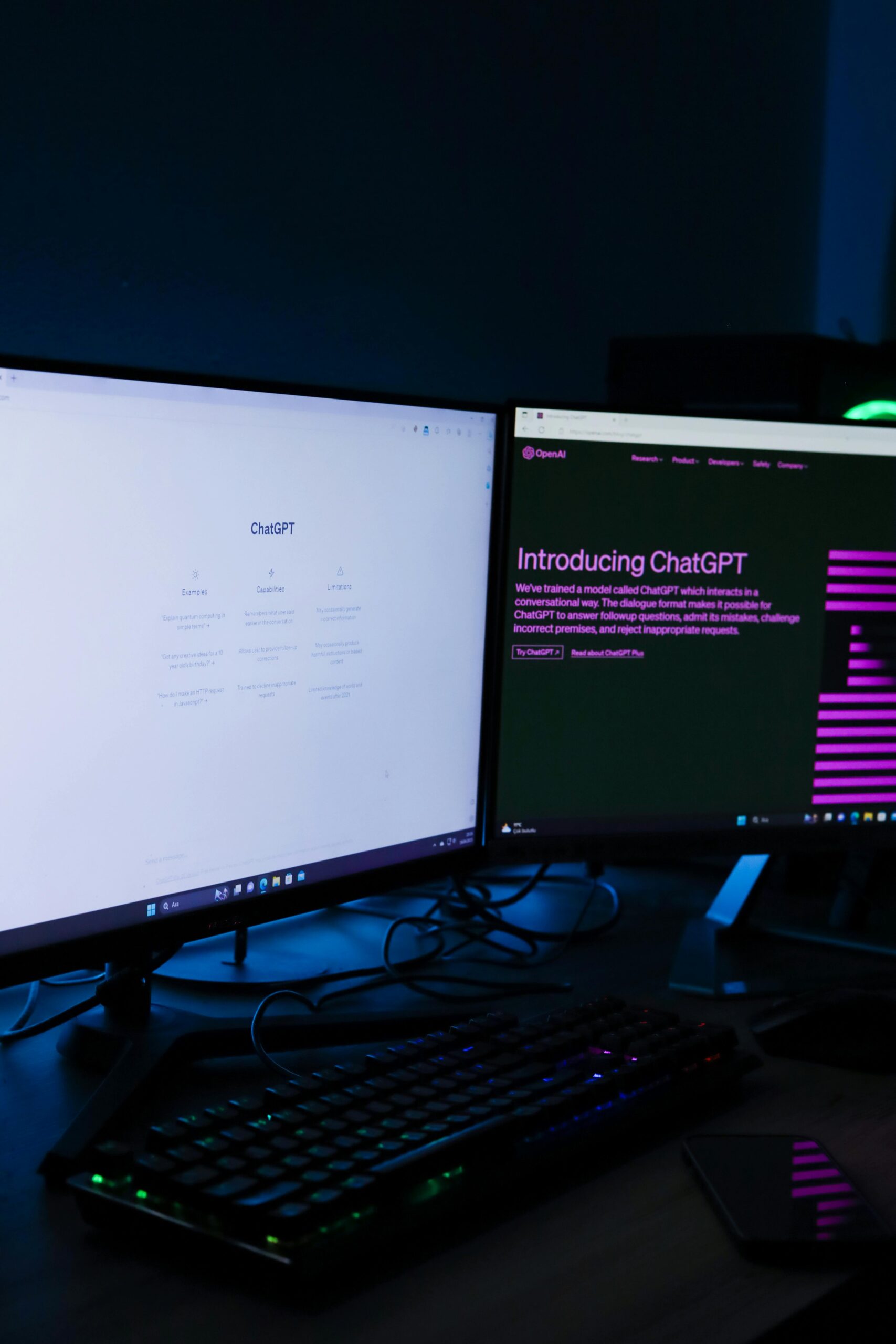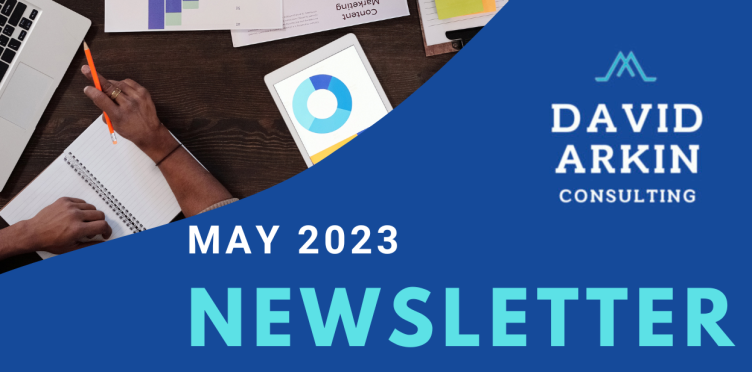
I can remember it like it was yesterday. The publisher of the newspaper I had just been named editor of approached my office and told me that later in the week the paper’s Reader Advisory Board would be coming to the paper and I needed to prepare some updates on what we were working on so they could provide me some feedback.
I was very green at this point in my career and asked, what is a Reader Advisory Board?
The publisher laughed and said your biggest cheerleaders and also probably your biggest critics.
Over time, I learned about how to make them more of a cheerleader than a critic and also fell in love with the value they could offer a media company.
FREE GUIDE
Download Your Guide to Pitching Branded Content"*" indicates required fields
I want to tell you a little about Reader Advisory Boards, how they can work for you and why you should commit to doing them.
1. How to build a Reader Advisory Board
First, let me tell you what a Reader Advisory Board is not. It’s not a focus group that comes in for a one-off round of feedback, like reacting to a redesign.
It is a group of readers who can serve a 6 month or 12 month term that you meet with every month. The value of the board is that they are average readers and a combination of brand lovers but also a few who aren’t so engaged. You want some naysayers.
They should make up the diversity of your community and you should do your best to pick people who don’t have an axe to grind or a major agenda to push but are people who care about your community, want to learn about your news organization and really do want to help you.
Why it’s a good idea to approach specific people, doing a call out seeking members is a great idea. Shoot for 8-10 people and interview them. Once selected, feature them on your website and print product/broadcast. Encourage readers to share their feedback with them.
2. How to run a meeting
Here’s a structure that you could use each month:
• Introduce the board to a different aspect of your media company. That might mean you bring in your advertising director one month (who could explain your sales strategy) and your digital editor another month (who could explain how you post and manage content online).
• Have the board share feedback from the last month. That could include stories they liked and didn’t like, feedback they heard in the community and any story ideas they have.
• Provide a few update around initiatives you are working on or anything you want feedback on. If you are considering significant changes, share it with the group for feedback.
• Keep the meeting to an hour. If you do it in person, feed them if possible. However, there is nothing wrong with doing the meeting remotely though you obviously can’t feed them then, but maybe you could offer gift cards to have people order in food during the Zoom.
3. What to do after the meeting
Review your notes and feedback and share it through a column (online, in print or highlights from it in a broadcast segment). Here is an example of a column I wrote after a Reader Advisory Board meeting.
It’s a great opportunity to share the board’s feedback and then create an open invitation for your readers to agree or disagree.
One of the great values of the board is that they can serve as a sounding board for the community, so reminding your readers who is on your board and encouraging them to share feedback with board members is a great way to have the ultimate feedback loop.
I love Reader Advisory Boards and have implemented them at numerous media companies where I have served in content leadership roles. They take a little work but I always left them feeling great about our engagement.
Contact me at David@davidarkinconsulting or call or text me at 832 407 0188. I’d love to connect with you.
We'd love to help your organization! Fill out the form below to get started.
Recent Posts

Advertisers love these engaging newsletter units

These GPTs will elevate your content & revenue

How and why your SEO strategy should evolve

Here’s how to make editor and publisher letters more useful for your audience

David Arkin Consulting welcomes Olivia Sims as content writer
Case Studies

How this unique coaching program taught a reporter the digital skills she needs for the future

How branded content sales exploded for this newspaper in New York

How a TV station in South Dakota significantly grew its traffic through Stacker’s news wire

How these changes helped this newspaper’s coverage of a limo trial skyrocket to the top of Google search result pages

